Tulips "Strong": varieties and features of cultivation

Tulips are among the most popular flowers that are planted in plots and used for cutting. Numerous color palette and ease of care have made them deservedly loved by gardeners.
Description of the variety
Among the variety of species, tulips of the Triumph class, bred by selection, stand out noticeably. The hybrids have a goblet-shaped bud and can grow up to 60–80 cm. Flowers have a wide variety of shades and come in almost all colors except blue. Among the numerous varieties, Strong is quite popular among florists. The flower stems reach 55 cm in height, the single-growing buds are large, with sizes ranging from 6 to 10 cm.
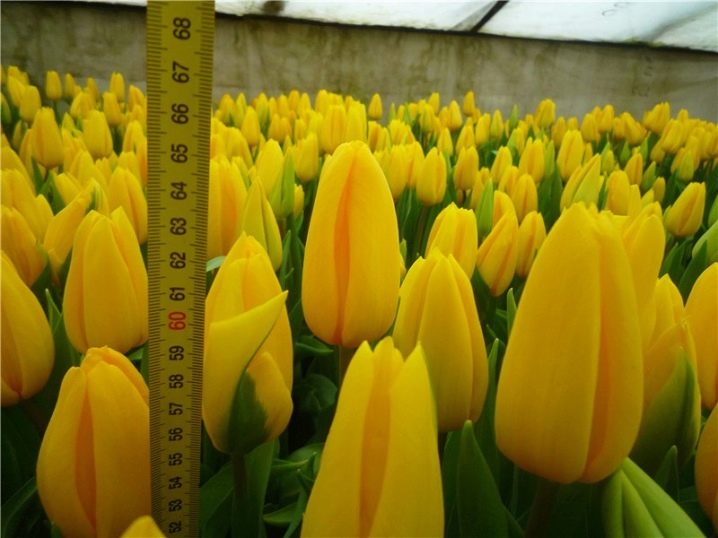
The leaves are gray-green in color, the edges can be either even or wavy. Tulips bloom for about 3 weeks. This variety has several sub-varieties that differ in the color of the glasses.
- "Strong Gold" saturated yellow, may have a slight purple tint. The stem is strong, erect, reaching a height of 45-50 cm. The buds have the shape of an elongated glass and can keep it for a long time in any form. Sometimes the yellow petals have greenish stripes characteristic of the variety. Leaf plates of gray-green colors with wavy edges. This subspecies is used for cutting into bouquets. Its bloom lasts up to 3 weeks.

- "Strong Love" characterized by a large glass of classic shape. The color at the base is a deep maroon tone, and closer to the tips of the petals it becomes scarlet. The bud looks spectacular against a green background of dense leaves. This variety is bred from the Strong Gold tulip, the difference between them is in the color of the flower.

- Strong fire - with large buds and a strong stem. A somewhat elongated dense glass of fiery red color, at the base the flower acquires a yellow tint. "Strong fire" keeps a slightly open shape well, therefore it is very popular in the flower market. It has a pronounced pleasant aroma, which is retained during the entire flowering, and withstands long-term transportation well.
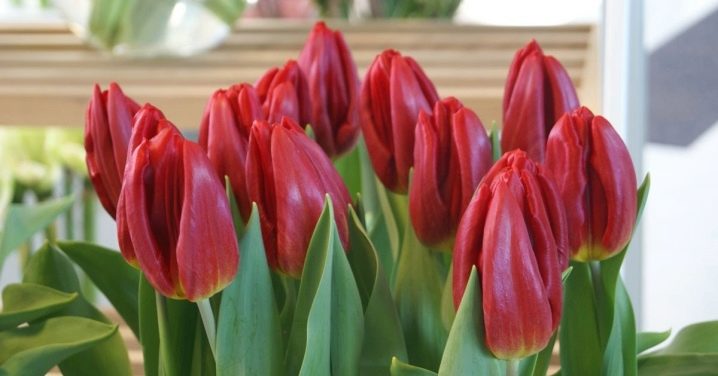
- "Strong pover" - a tulip with an unusual pomegranate shade. A glass of a flower has a slightly elongated shape, 5–8 cm long. Flowers are persistent, can be stored for a long time in cut form.

- "Strong red" - a red, pointed flower with grayish-green leaves adjoining it. The stem is neat, erect.

- "Strong rocket" - with delicate pink petals.
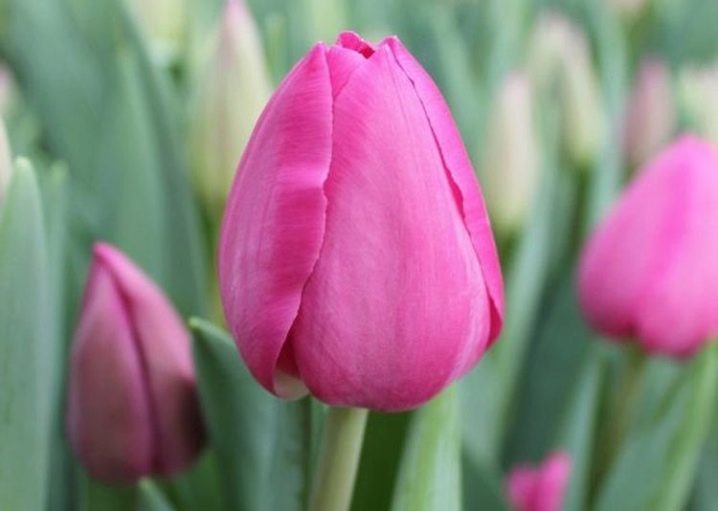
- "Strong delta" has white glasses.

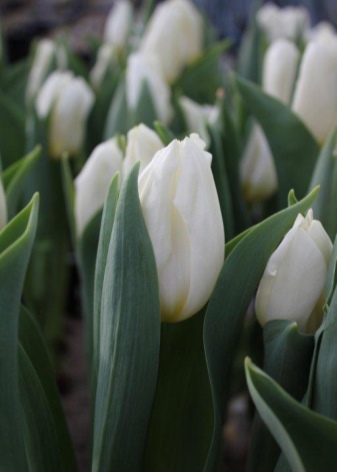
Growing features
Fertile, well-fertilized soil is suitable for growing the Strong variety. It is optimal to choose neutral, but the earth can be slightly acidic or alkaline. In addition to these indicators, it should be moderately moist. The place in the garden for tulips should be sunny. It is recommended to plant bulbs in autumn: in September or October. Later planting will not allow the roots to gain a foothold, which will later affect flowering.
Large bulbs are deepened into the ground by 11-15 cm, and small ones - by 6-10 cm. To save the seed from rodents, you can use baskets for bulbous plants. After the end of flowering, the plants are still moisturized. Bulbs are chosen in June-July, although this may not be done.
For plants of the "Triumph" class, it is enough to dig them out every 3-4 years, while the decorativeness of the varieties does not decrease.

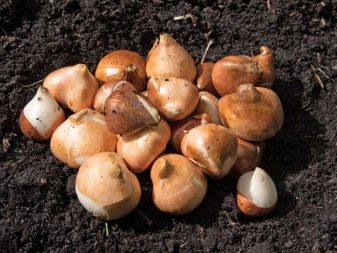
When breeding tulips, you can face some problems:
- so that the flowers do not become smaller, it is better to dig them out every year;
- to avoid disease bulbs should be treated with fungicides;
- so that there is no infection with the variegated virus, it is necessary to purchase bulbs only from trusted sellers.


Almost all flower diseases are due to improper care. Subject to the necessary rules, the possibility of their occurrence is minimal. Tulips can be affected:
- fusarium (all parts of the plant turn yellow and dry out);
- gray or root rot;
- rhizoctonia (the formation of brownish spots and stripes);
- penicillosis (decay of the buds and peduncles).
Affected flowers are treated with fungicidal preparations, but it is better to destroy diseased plants, and treat the rest for prophylaxis.
Often tulips suffer from an invasion of pests: click beetles, bears, ticks, aphids, wireworms, slugs and snails. In the fight against them, insecticides are used, the damaged plants are isolated from the rest, and the damaged bulbs are cut off. The simplest and most effective way is to remove the damaged bulbs and plant new ones.
Tips for growing tulips - in the next video.







































































































The comment was sent successfully.